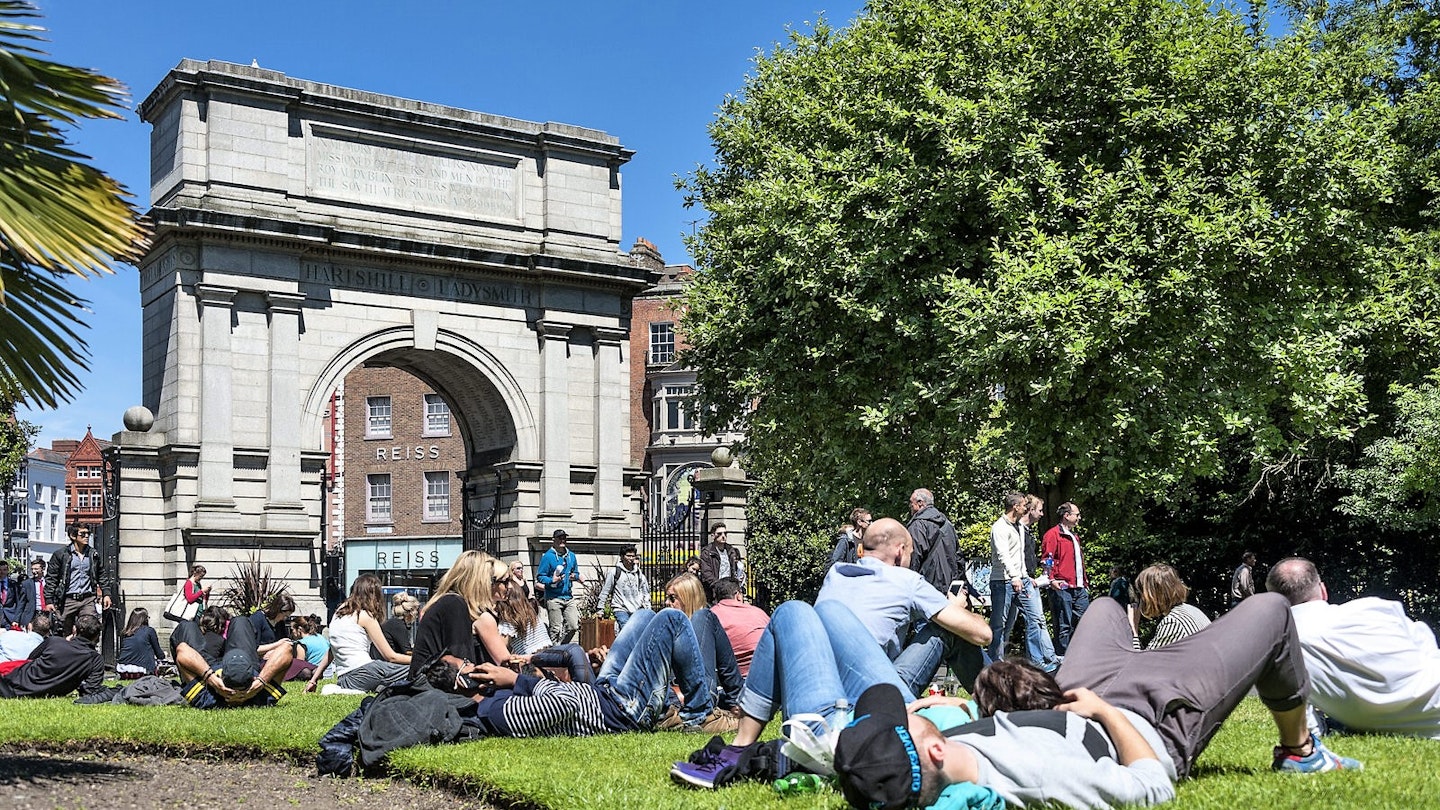Discover Dublin Through Cinema
Dublin is renowned for its great literature, but it also boasts a rich cinematic history that allows visitors to delve into the city’s cultural fabric without having to tackle Ulysses again. With a thriving film industry, Ireland’s capital is dotted with real-life movie locations worth exploring.
Essential Films to Watch Before Your Trip
- Michael Collins (1996): Immerse yourself in the history of Ireland through this historical drama featuring Liam Neeson. It offers a glimpse into Dublin’s Georgian architecture and important historical sites like Dublin Castle, Four Courts, City Hall, and Kilmainham Gaol.
- The Commitments (1991): This film captures the gritty essence of 1980s Dublin, highlighted by a vibrant soundtrack. Although many locations have changed, you can still visit iconic spots like churches on Sheriff and Gardiner Streets and the Mansion House.
- Once (2006): Experience the charming story of a Dublin busker and a Czech flower-seller. Visit Grafton Street to relive the film’s opening scene or take a stroll through Temple Bar for a taste of its bittersweet ending.
- Sing Street (2016): A coming-of-age story that captures the musical spirit of Dublin. Key locations include Synge Street and St Catherine’s Park, along with breathtaking views from Dun Laoghaire Harbour.

Spot the Film Locations
Dublin serves as the backdrop for many well-known films, often skillfully portraying other locations. Notably, Educating Rita (1983) uses Trinity College to double as the University of Liverpool. Discover additional filming spots at Phoenix Park’s People Garden and the Stag’s Head pub.
Romance fills the air in Love Rosie (2014), although set in an unnamed English town; it was largely filmed in Dublin. Explore the charming streets of Stoneybatter and the picturesque Howth village to capture that love-struck vibe. Another romantic comedy, Leap Year (2010), may have garnered mixed reviews, yet its charming scenes at St Stephen’s Green remain captivating.

Small Screen Settings
Dublin’s stunning Georgian architecture serves as the perfect backdrop for dark gothic television dramas like Penny Dreadful and Ripper Street. Sets can be spotted around Dublin Castle, Henrietta Street, and Rainsford Street.
Fans of The Tudors will find Drimnagh Castle, the only castle in Ireland with a water-filled moat, ideal for exploring locations from the series, including the Tower of London. Furthermore, visit Christ Church Cathedral for memorable scenes where King Henry wed Anne Boleyn.

Cinematic Events to Consider
If you are looking for a cinematic experience while in Dublin, numerous themed film festivals take place throughout the year, showcasing everything from LGBT films to international documentaries. The highlight is the Dublin International Film Festival in February. Moreover, the Irish Film Institute consistently offers diverse programming with an emphasis on Irish cinema.

Old and New Classics
While the following films may not be set in Dublin specifically, they provide valuable insight into the essence of Irish culture and mythology.
- Song of the Sea (2014) and The Secret of Kells (2009): Both animated films beautifully illustrate elements of Irish folklore and are must-watch features.
- The Wind That Shakes the Barley (2006): Filmed in County Cork, this movie provides a poignant exploration of the Irish Civil War, crucial for understanding Dublin’s historical context.
- Father Ted (1995-1998): This beloved sitcom remains a cultural touchstone, offering a humorous glimpse into Irish life and humor that can ignite conversations with locals.





